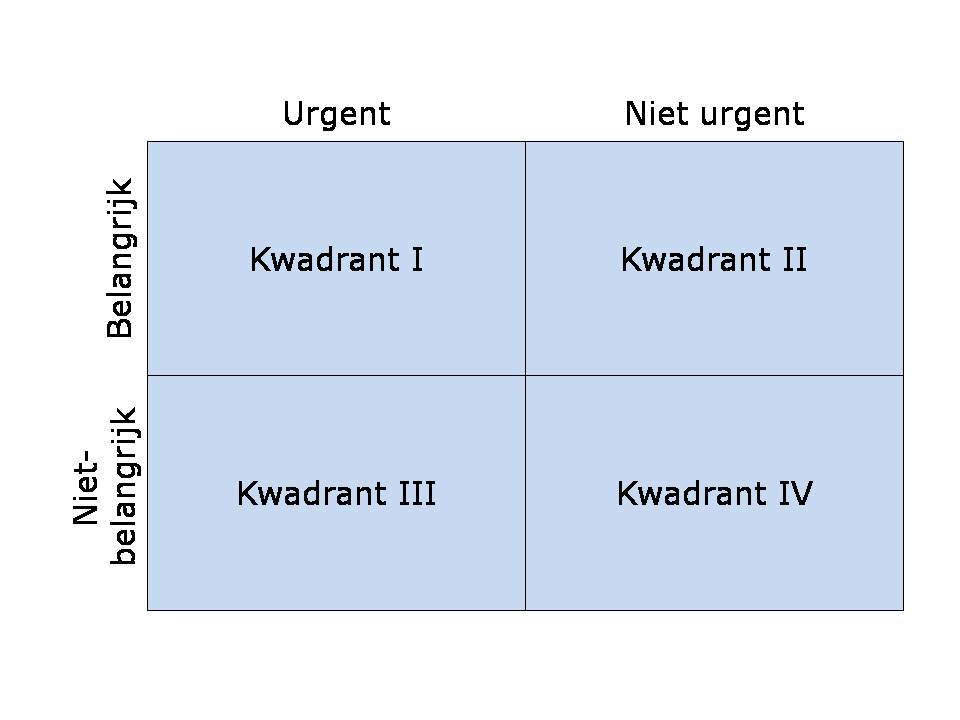Why is a culture change needed They Ask, You Answer?

You're interested in implementing They Ask, You Answer (TAYA) within your company, but it's not quite clear to you yet what the role of the management team is in this. Isn't TAYA just something for marketing and sales? Why does the MT need to get involved? And why does the MT need coaching within TAYA Mastery? Isn't it enough to train marketing and sales?
As a TAYA coach, I have guided several companies in implementing this philosophy. What I see time and again is that TAYA is only truly successful when the entire company is behind it, starting at the top. I have seen companies struggle when management was not fully engaged, but have also seen the stunning results when leadership took the lead.
In this article, I'm going to explain to you why TAYA is more than just a marketing strategy and why it requires a culture change that affects the entire company. You will understand why your role as a business owner is critical to the success of TAYA and why it is not simply something you can delegate to your marketing and sales team. After reading this article, you will have an understanding of the profound impact TAYA can have on your entire organization and how you as a leader can facilitate and drive this transformation.
TAYA requires a fundamental shift in how we think about our entire business.
TAYA: more than marketing and sales
When you first encounter TAYA, you may get the impression that it is simply a new marketing and/or sales strategy. But it's much more than that. TAYA requires a fundamental shift in how we think about our entire business.
Here's the thing: for a long time, we treated sales and marketing as separate departments. We had people who focused on sales, others who focused on marketing, and sometimes a few who combined both.
But TAYA breaks down these boundaries. It requires us to think and act as one, with every department and team member playing a role in informing and supporting our (potential) customers.
Separate marketing and sales departments no longer exist. These departments work together in a so-called revenue team.
The management's move
So one of the biggest challenges in implementing TAYA is that it's not just a change for your marketing or sales team. It starts at the top. As a board or management, you have to be fully behind this new approach.
Indeed, TAYA asks:
- investment of time, money and energy in a way that differs from traditional marketing and sales
- involvement of experts from all corners of your organization
- A shift in focus from "selling" to "informing and supporting
Without support from above, your employees will soon run into walls.
As an enthusiastic marketing manager, for example, you may want to implement TAYA, but you won't get very far if you don't get a budget for the resources needed or if content experts can't free up time to provide input on content.
TAYA is not just a change for your marketing or sales team. It starts at the top.
Experts in the spotlight
Another crucial aspect of the TAYA culture is involving your internal experts in your marketing and sales activities. Instead of expecting your content manager or videographer to become an expert in all aspects of your business, leverage the knowledge you already have in-house.
- This means a big change for many employees:Technical experts used to working behind the scenes are now asked to share their knowledge through blogs, videos or podcasts.
- Sales staff are encouraged to collect customer inquiries and pass them on to the content manager.
- Marketing staff must work more closely with other departments to create relevant content.
This approach has two major advantages.
First, you get authentic, in-depth content that is truly valuable to your customers.
Second, you give your employees a chance to show their expertise and contribute directly to the success of the company. In my experience, many people secretly really enjoy this, even though they may be reluctant at first.
A crucial aspect of the TAYA culture is involving your internal experts in your marketing and sales activities.
Openness and transparency as core values
One of the most challenging aspects of TAYA for many companies is the emphasis on full disclosure and transparency. We are used to emphasizing mainly our strengths in our marketing and sales communications.
TAYA, however, asks us to:
- to be open about our prices, even if they are on the high side;
- be honest about situations where our product or service may not be the best solution;
- even mention our competitors if they are a better option for certain customers.
This may feel unnatural at first. But by being so open, you build enormous trust with your (potential) clients. You show them that you really have their best interests at heart, even if that means they don't choose you. In the long run, this will pay you more than short-sightedly trying to win every deal.
Breaking down the walls between departments
In many organizations, marketing and sales operate as two separate worlds. TAYA calls for breaking down these walls. It involves a close collaboration in which:
- marketing actively asks sales what questions they get from customers
- sales uses the content that marketing produces to inform customers (assignment selling)
- both departments look together at the results and how they can strengthen each other (revenue team)
This collaboration extends to other departments as well. Maybe your customer service team has valuable insights into common problems. Or your product development team has compelling stories about how certain features came about. TAYA encourages leveraging all of these perspectives in your communications with (potential) customers.
TAYA calls for breaking down the walls between marketing and sales.
A new look at success and reward
The TAYA approach may also impact how we measure and reward success within our organization. Traditionally, a salesperson might get a bonus for every deal he closes. But does that still fit into a TAYA culture?
Perhaps we should look more at total revenue, customer satisfaction or the amount of quality leads generated. It's about creating a system that values the collective effort of the entire team, not just the moment of signing the contract.
Space for the long term
Another important aspect of the TAYA culture is making room for what we call in management jargon "quadrant 2 work" of Eisenhower's quadrant: things that are important but not necessarily urgent.
These types of activities do not produce immediate results, but they are crucial to your medium- and long-term success. It requires a culture where people have the space and confidence to experiment and invest in projects that do not yield immediate returns.
The human side of change
In all the focus on culture change, it is important not to forget that we are dealing with people. Not everyone will be equally enthusiastic about this new way of working.
My advice? Start with the people who do have enthusiasm.
- Leave people alone if they don't want to participate (yet)
- Facilitate those who do want to contribute, make it easy and fun for them
- Be flexible in how people can contribute: some like writing, others prefer to be in front of the camera
- Celebrate successes and share them with the whole team to inspire others
Some people may eventually decide that this new culture does not suit them. That's OK. But in my experience, if you give people time and they see how it works, many eventually get excited and want to join.
When changing a culture, start with the people who do have enthusiasm.
Continue to share the vision
Finally, and perhaps most importantly, as leadership, keep continually sharing the vision behind TAYA. Explain why you are going down this path, what the benefits are for the company, employees and customers. People want to understand why they are doing what they are doing. They want to feel like an important part of something bigger.
By meeting regularly, discussing progress and exchanging ideas, you create a culture where everyone feels heard and valued. And in the end, that's what TAYA is all about: a corporate culture where openness, collaboration and customer focus are key.
As a leadership, keep continually sharing the vision behind TAYA.
TAYA is a complete business philosophy
They Ask, You Answer is much more than a marketing strategy - it is a complete business philosophy that requires a culture change throughout your organization. As a business owner, you play a crucial role in the success of this approach.
You may be faced with the challenge of getting your entire team on board with this new way of thinking and working. It can seem overwhelming, but remember that the results are well worth the effort. By being open and transparent, spotlighting your internal experts and working closely together across departmental boundaries, you will not only build trust with your customers, but also create a more engaged and motivated team.
At Buzzlytics, we have already guided several companies through their TAYA journey. We have seen how this approach transforms companies into trusted advisors in their industry, leading to more quality leads and higher customer satisfaction.
Are you curious if TAYA is the right approach for your company as well? Would you like to learn more about how you, as a business owner, can lead this culture change? Then schedule a meeting with one of our TAYA consultants. We would love to help you explore the potential of TAYA for your specific situation and get you on the road to a more customer-centric and transparent corporate culture.
Related articles
May 28, 2024
-
Reading time: +/- 7 min
March 18, 2024
-
Reading time: +/- 5 min









